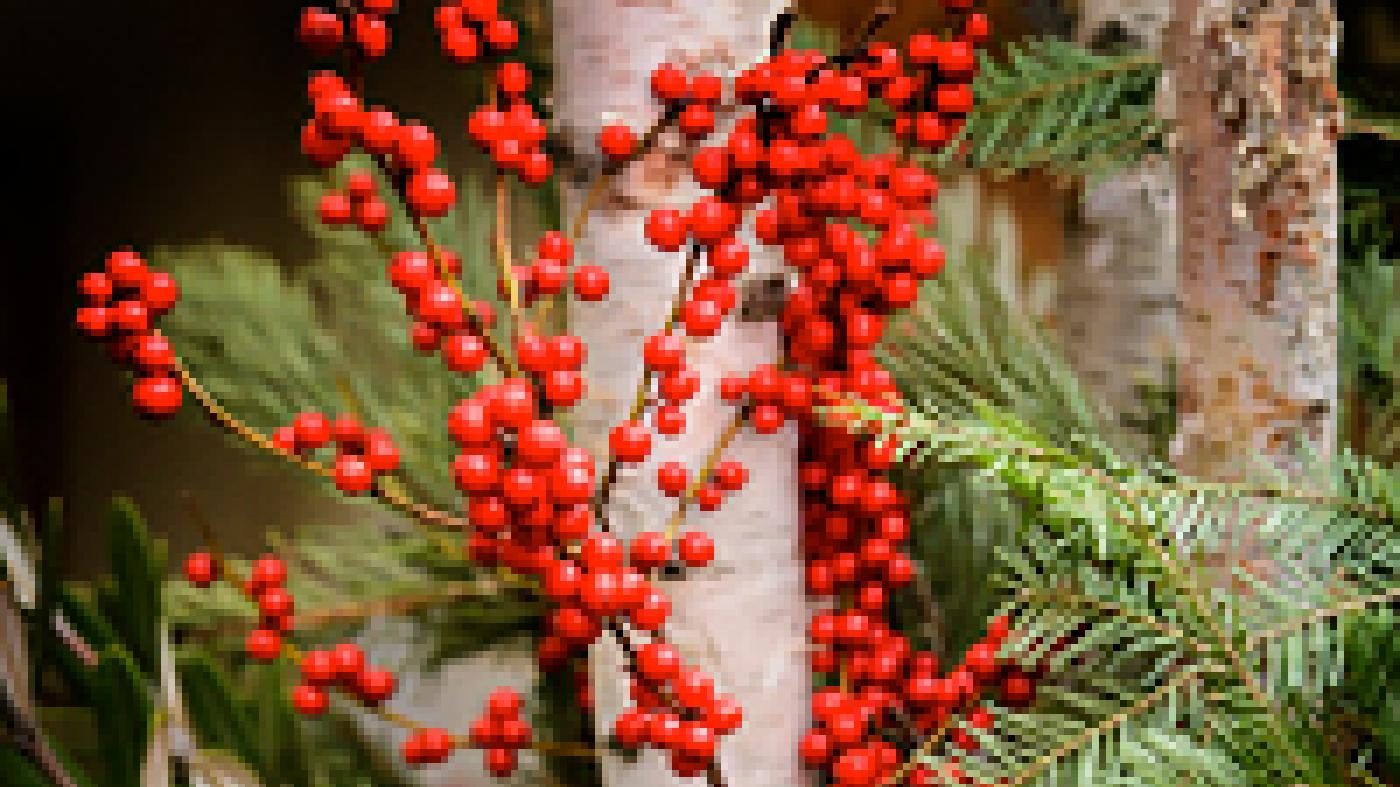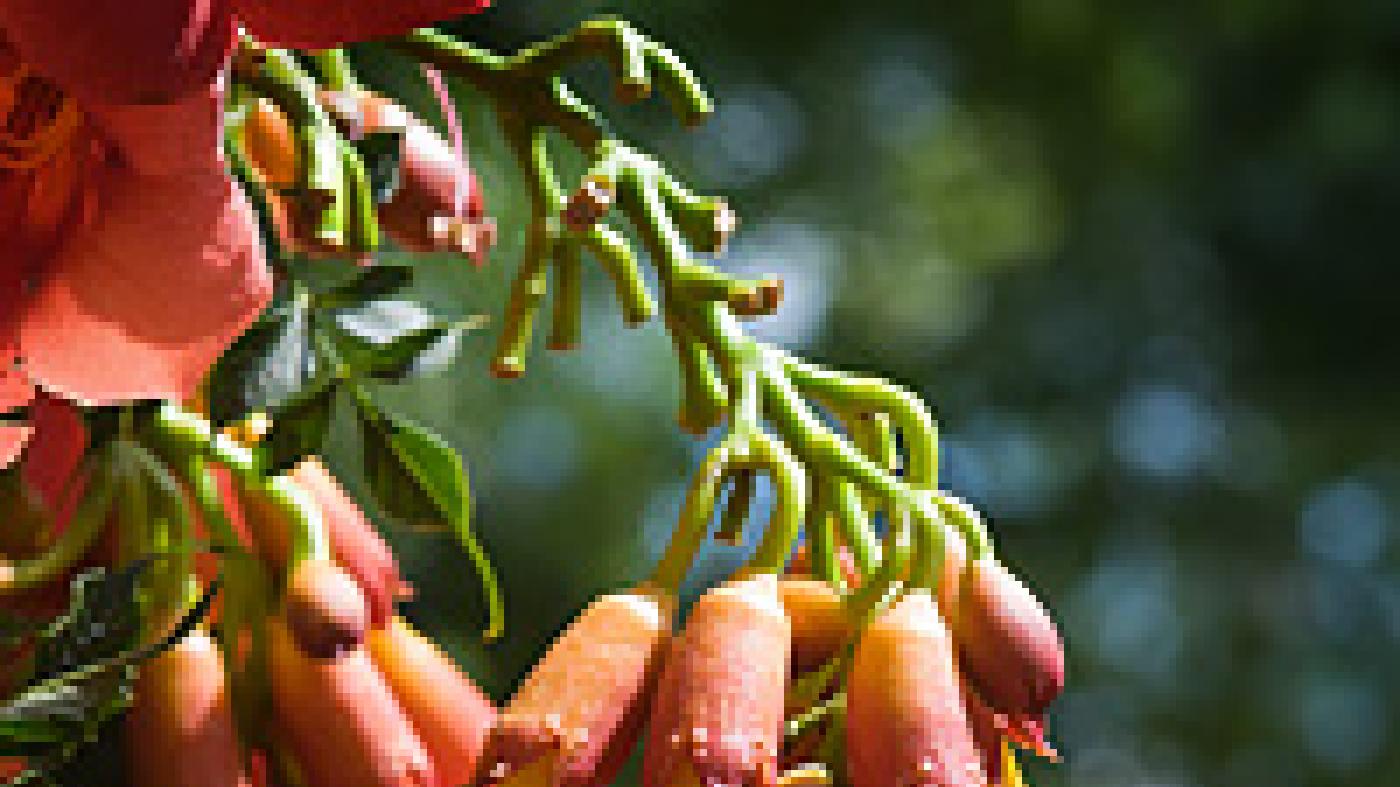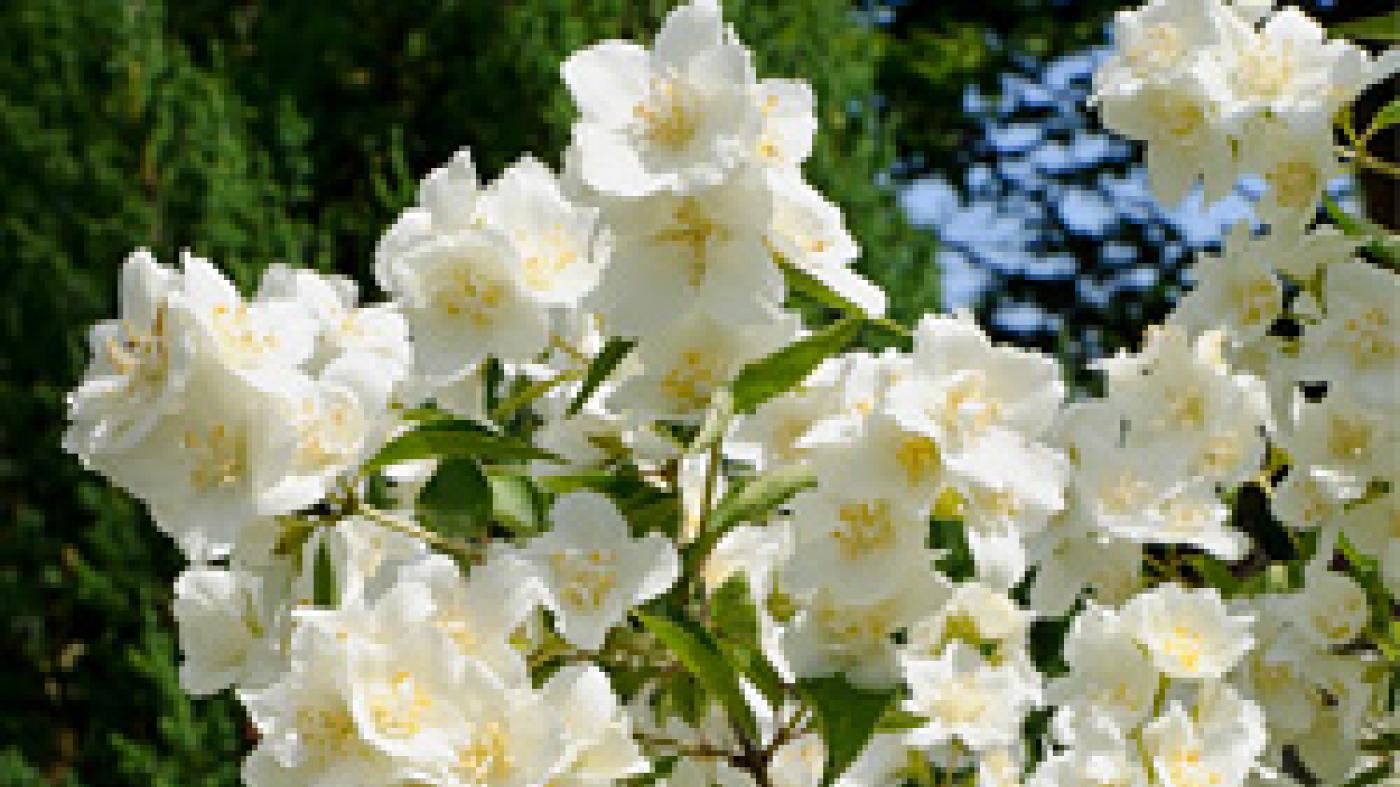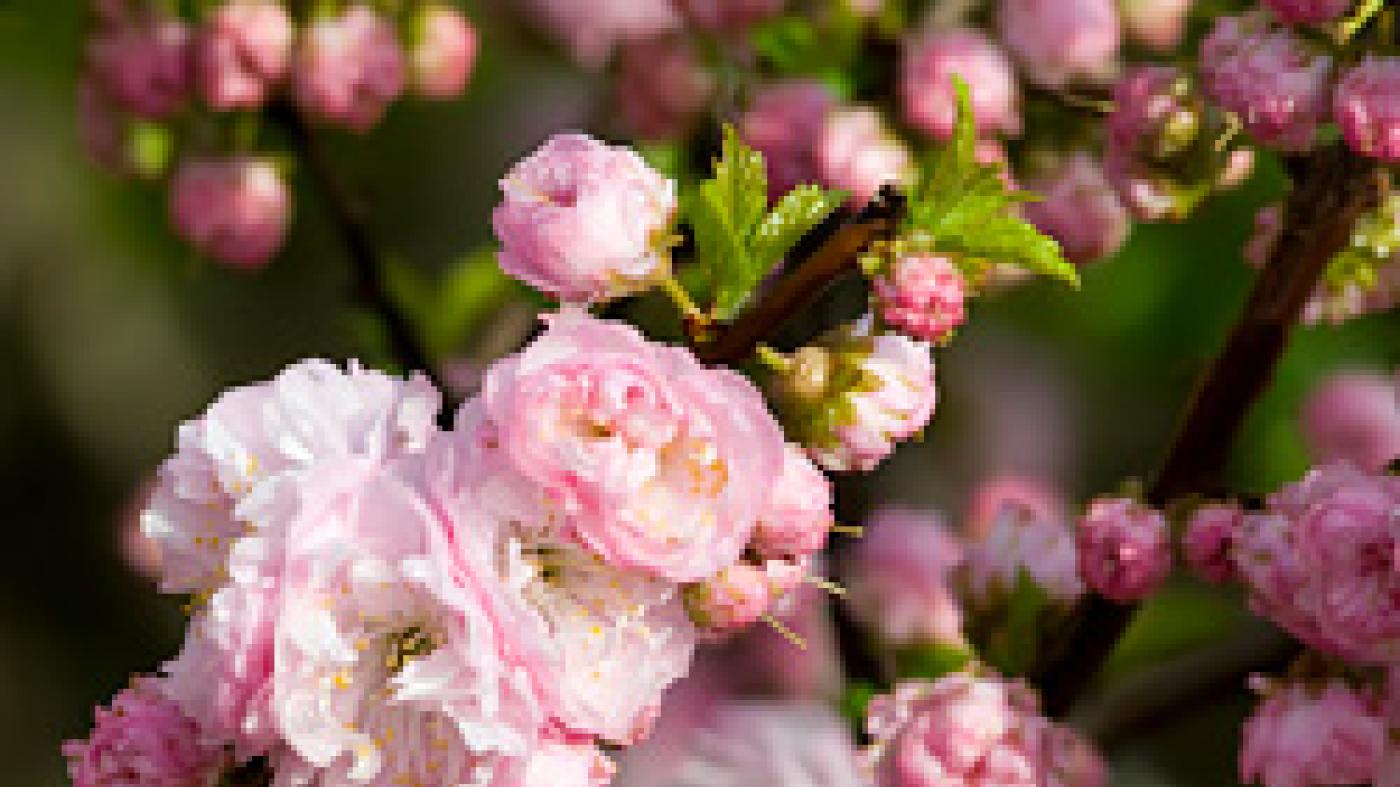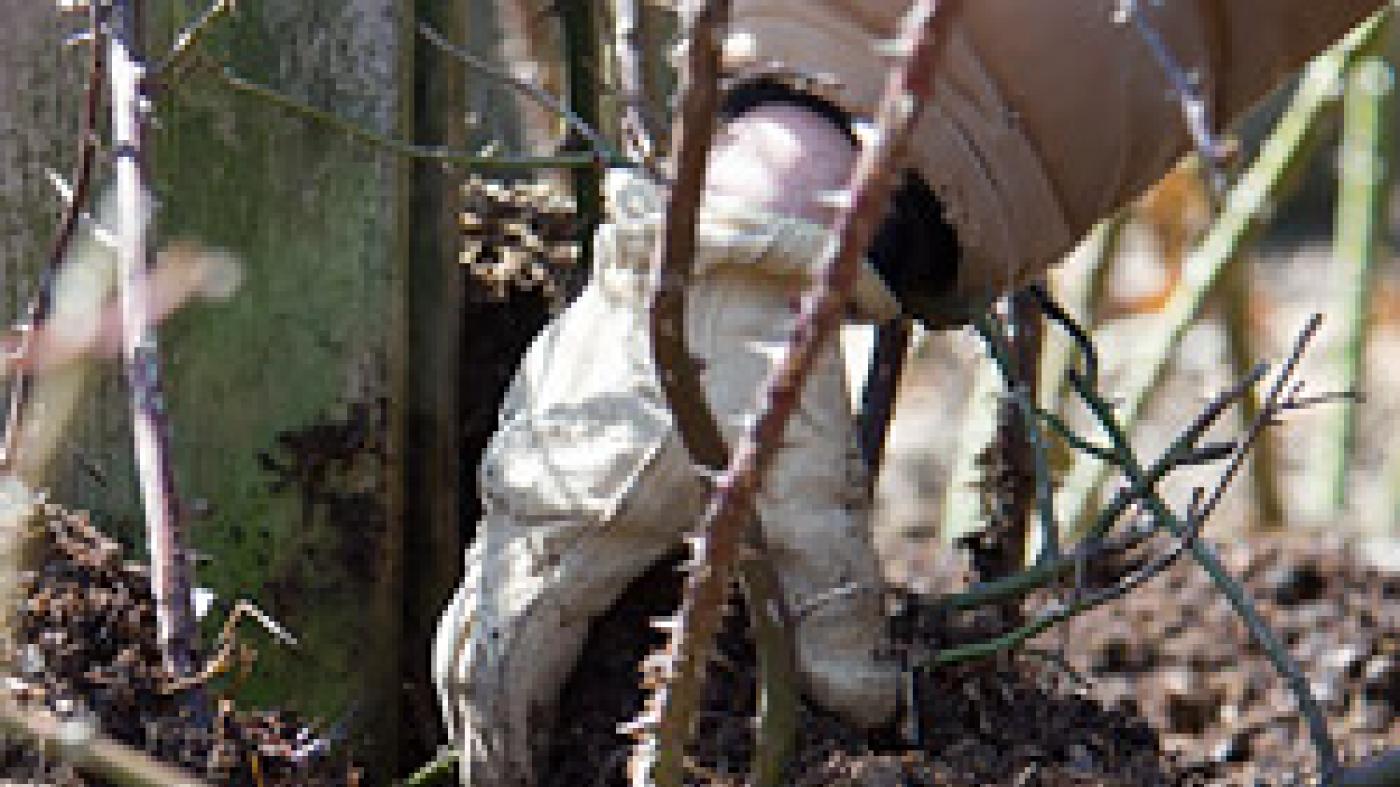Pruning
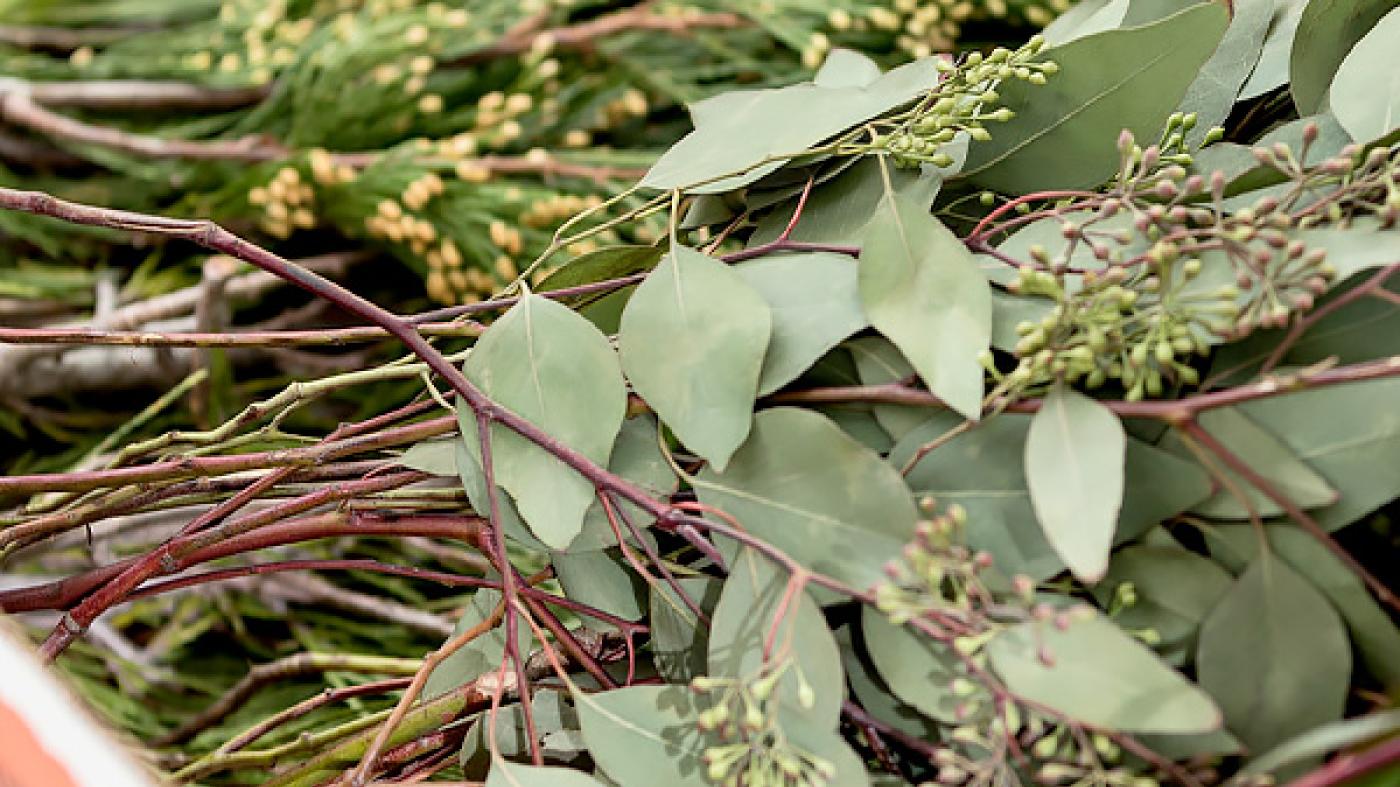
Plant Materials for Holiday Decor
Q: Are there homegrown plant materials besides conifers that I can use for holiday decorations?
A: Traditions and beliefs that came to North America with immigrants from Europe led to the extensive use of branches and cones of pines, firs, and other evergreen trees and shrubs for holiday decorations. However, not every home landscape contains conifers that can be pruned for this purpose. Fortunately, a range of home landscape plants provide material that can be used to make attractive decorations and much of it is renewable.
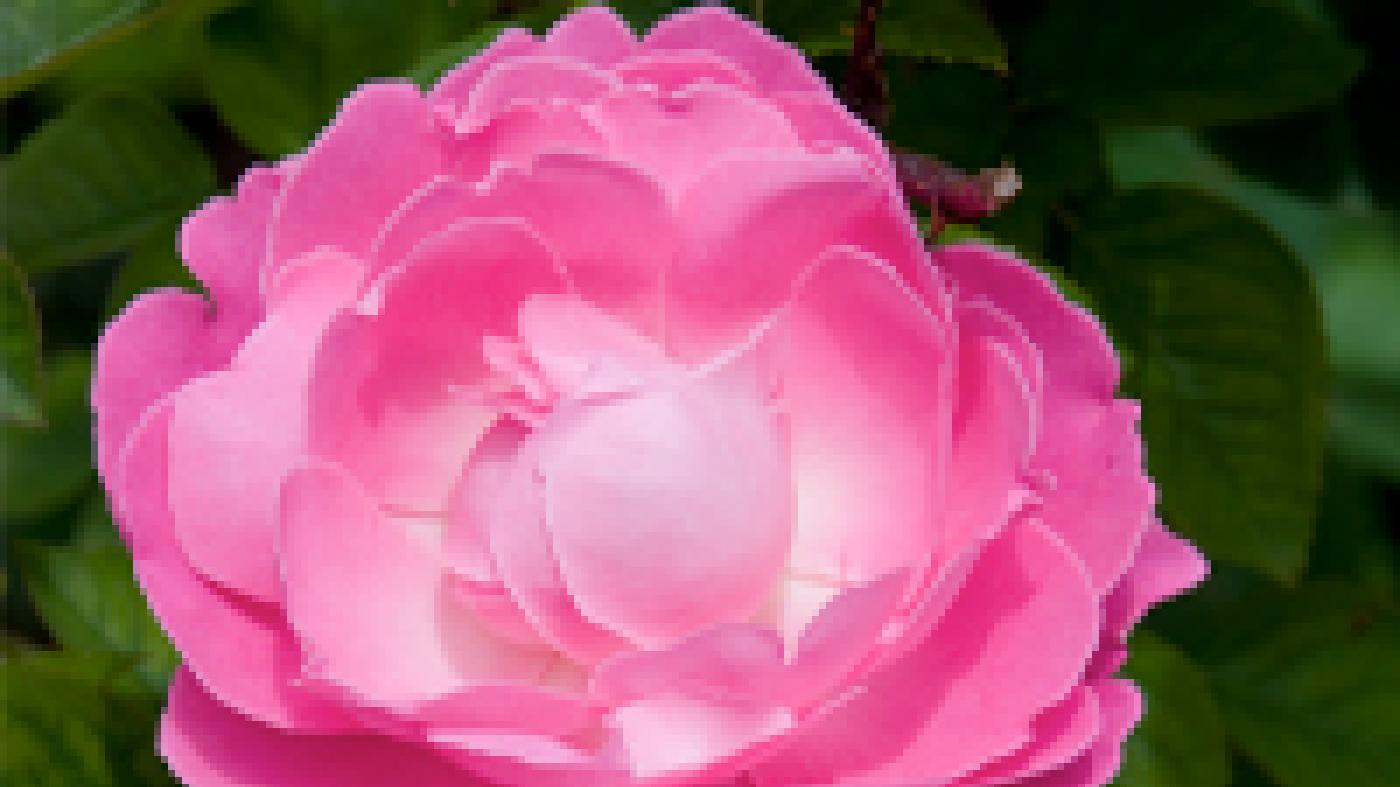
Deadheading and Pruning Roses
Q: When and how should I deadhead and prune my roses?
A: Deadheading—the removal of spent flowers—is a form of pruning. Before making pruning decisions about your roses, it is best to determine the type of rose, and how and when it blooms. Roses are divided into different types based on common characteristics.
Pruning cuts should be made on a 45-degree angle, ¼ inch above an outward-facing bud or five-leaf axil. Dead, diseased, spindly, or crossing branches can be removed at any time.
Prepare for Spring in the Fall
Q. Is there is anything I can do now in the garden to make next spring’s work easier?
A. Here are some general recommendations for tasks to do now to prepare for next spring:
Pruning boxwood shrubs
Q. When is the best time to prune boxwood shrubs?
A. Established boxwood shrubs requiring little or no pruning. The best time for overall pruning to shape boxwoods is in the early spring. However, trimming stray branches and thinning cuts can be done anytime during the growing season.
Pruning Hydrangeas
Q: Please advise on the best time to prune hydrangeas.
A: Hydrangeas require differing pruning times; therefore, it is critical to know which type you have before you prune. In addition to using the techniques explained below, always remove any winter-damaged branches in early spring.
Red-twig Dogwood Color
Q: My red-twig dogwood stems don't seem to be as bright red as they used to be. What is the problem?
A. As red-twig dogwood stems age, they turn dark in color. The best way to maintain your plant's health and maximize its color is to prune it using a technique known as "renewal pruning." Before the plant breaks dormancy in the spring, remove one-third of the oldest, largest stems. This will encourage new stem growth and vibrant color.
How to Espalier Crabapple Trees
Q. I often admire the crabapple trees espaliered on the Visitor Center. Is this a procedure I could duplicate at home with one or two small trees?
A. Yes, it is. An espalier is an innovative way to soften a brick wall, a trellis or even a chain link fence. If space permits, consider using more than one tree. The Red Jewel crabapple trees on the Visitor Center are espaliered into basic Y-shapes that are then extended into a diamond pattern.
Apple tree pruning tips
Q. I have several old apple trees in serious need of pruning. When is a good time to do this?
Apple trees dropping fruit
Q. Why do apple trees drop their fruit early? We have an old apple tree on our property that produces pocked, rotten apples. Is there way we can help the tree produce edible fruit?
A. Some fruit trees will naturally thin themselves by dropping excess fruit prematurely. Often, a period of stress (a long, hot summer with very little rain) will cause a tree to abort its fruit in order to conserve energy. Apple trees require deep watering during drought. Lack of pollination can result in pea-size fruit that falls off prematurely.
Training clematis and akebia
Q. I am trying to train clematis and five-leaf akebia to climb trees. What are good supports to use that won't damage the vines?
A. Both clematis and five-leaf akebia (Akebia quinata) grow by wrapping their leaf stems around a support system. A fine mesh netting or fishing line wrapped around tree trunks will give the growing shoots something to curl around that won't damage their tender tissue. Metal or wire supports might sever or burn the plant. String fishing line loosely because, as trees grow, the line can cut and damage expanding woody tissue.



